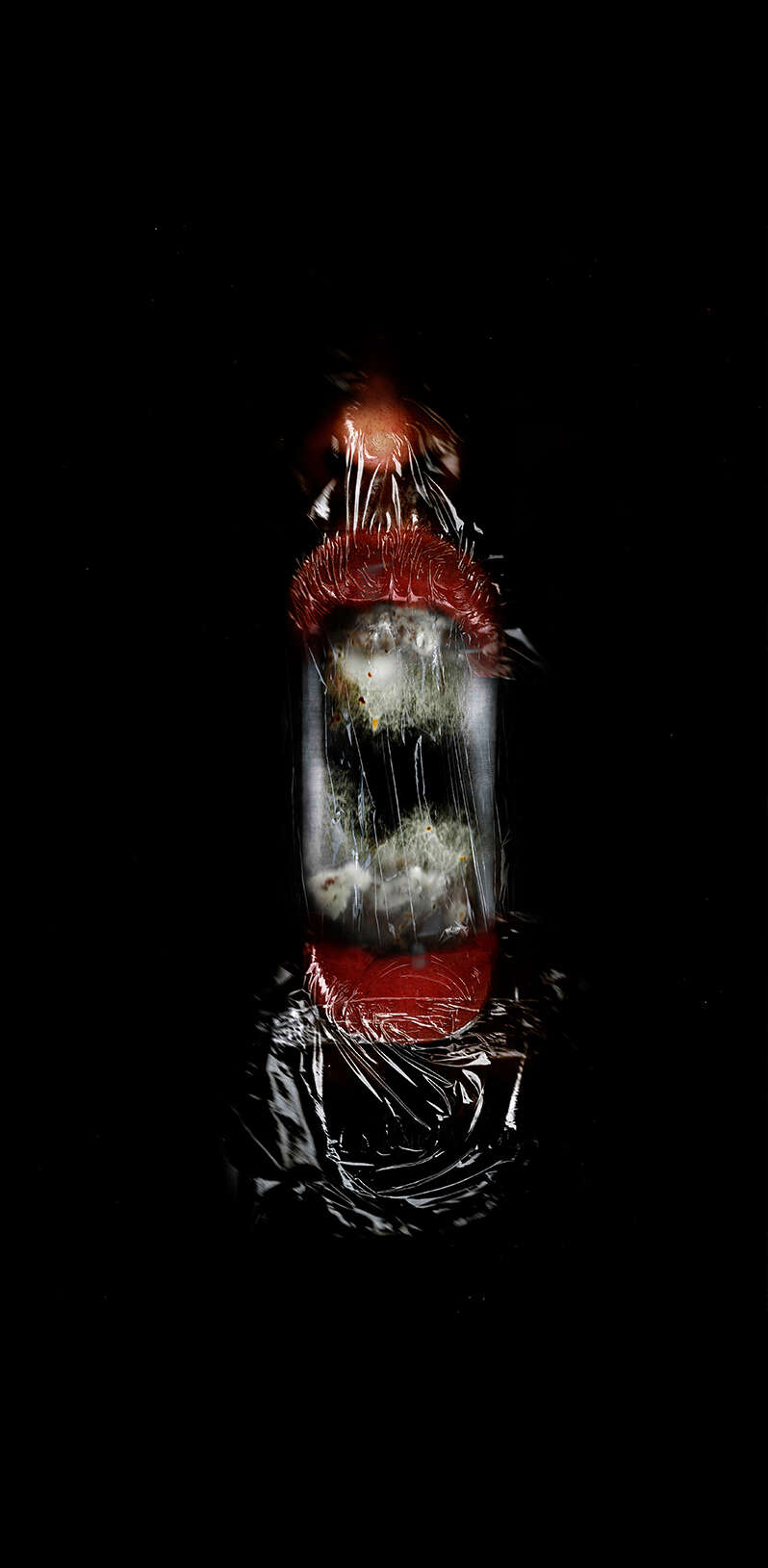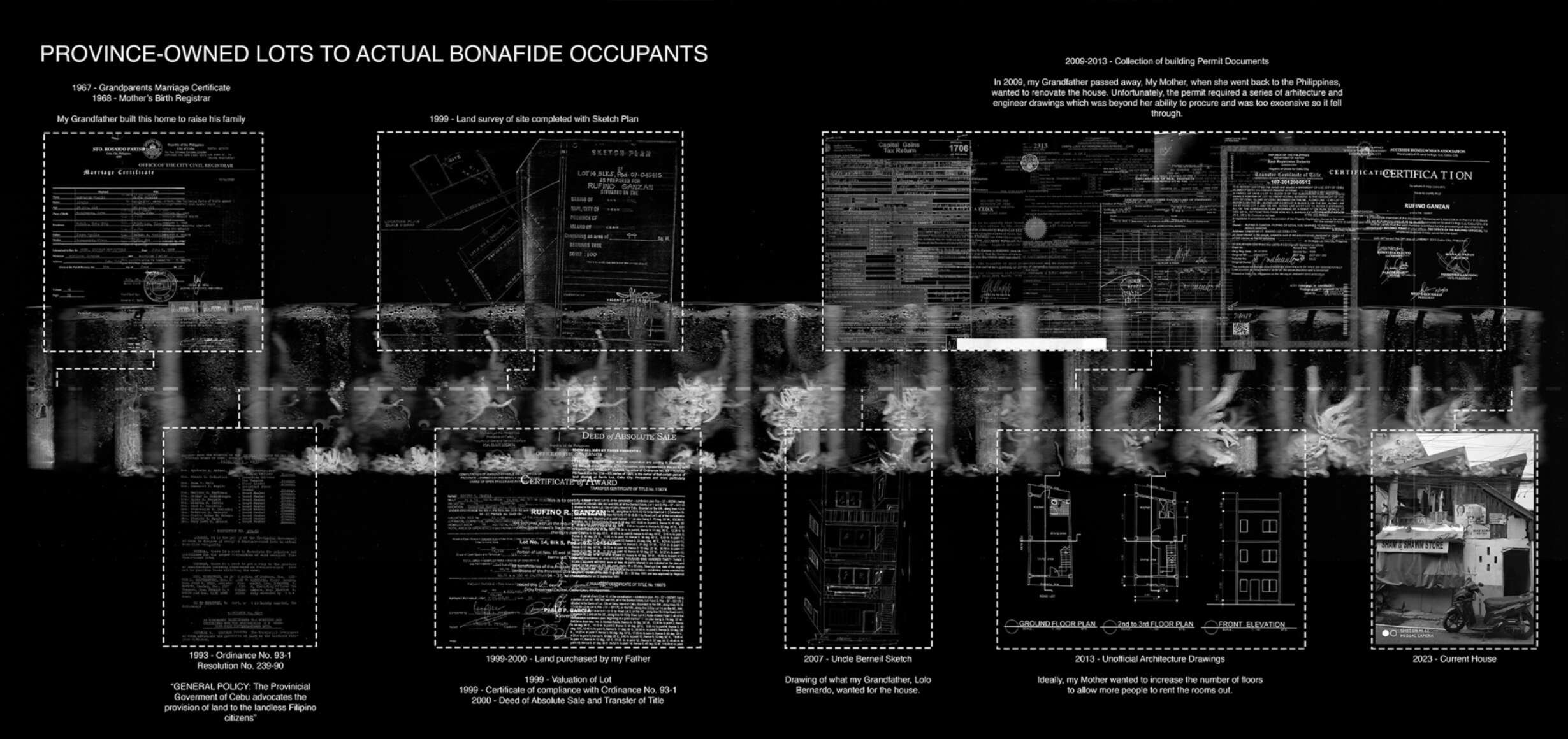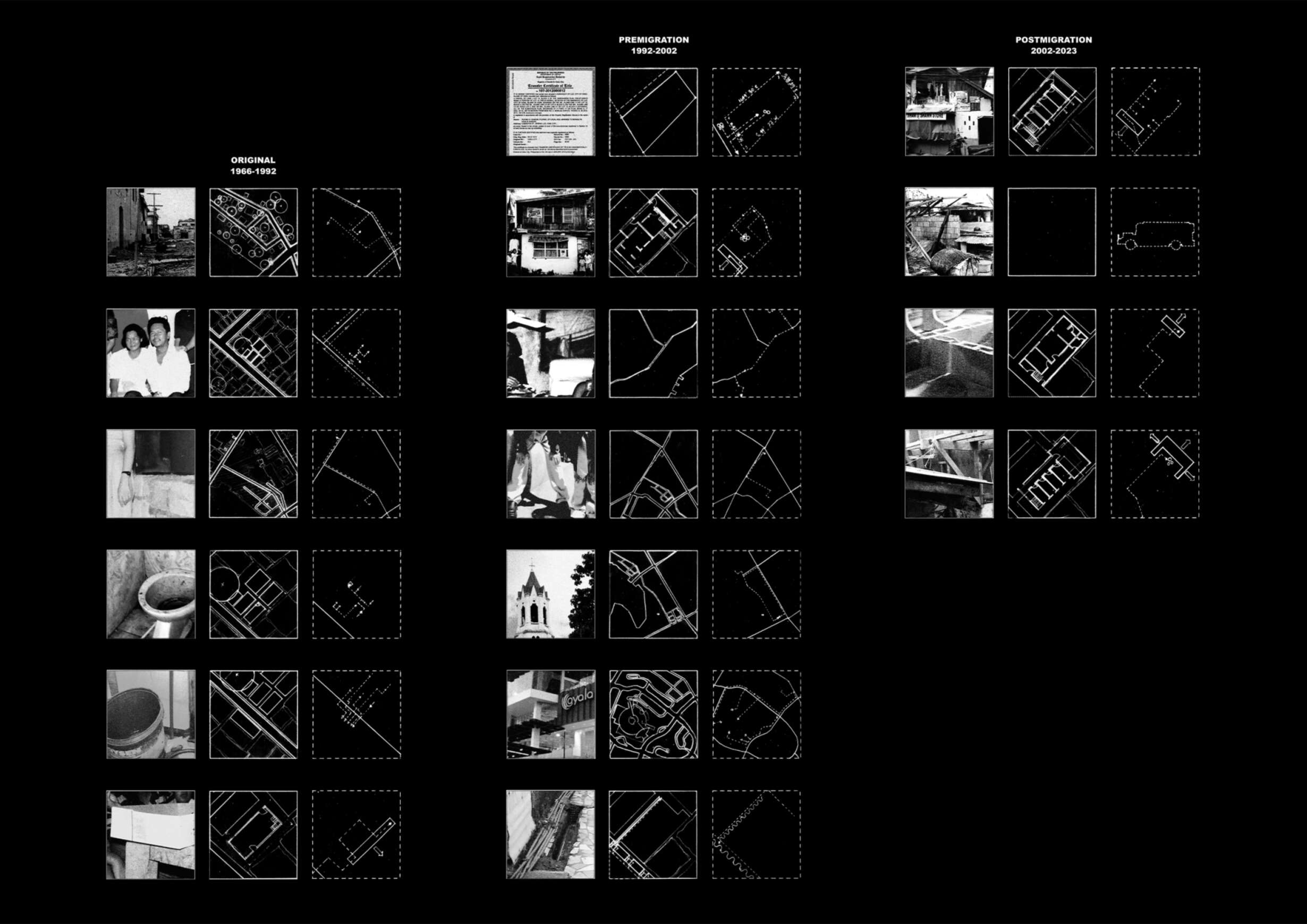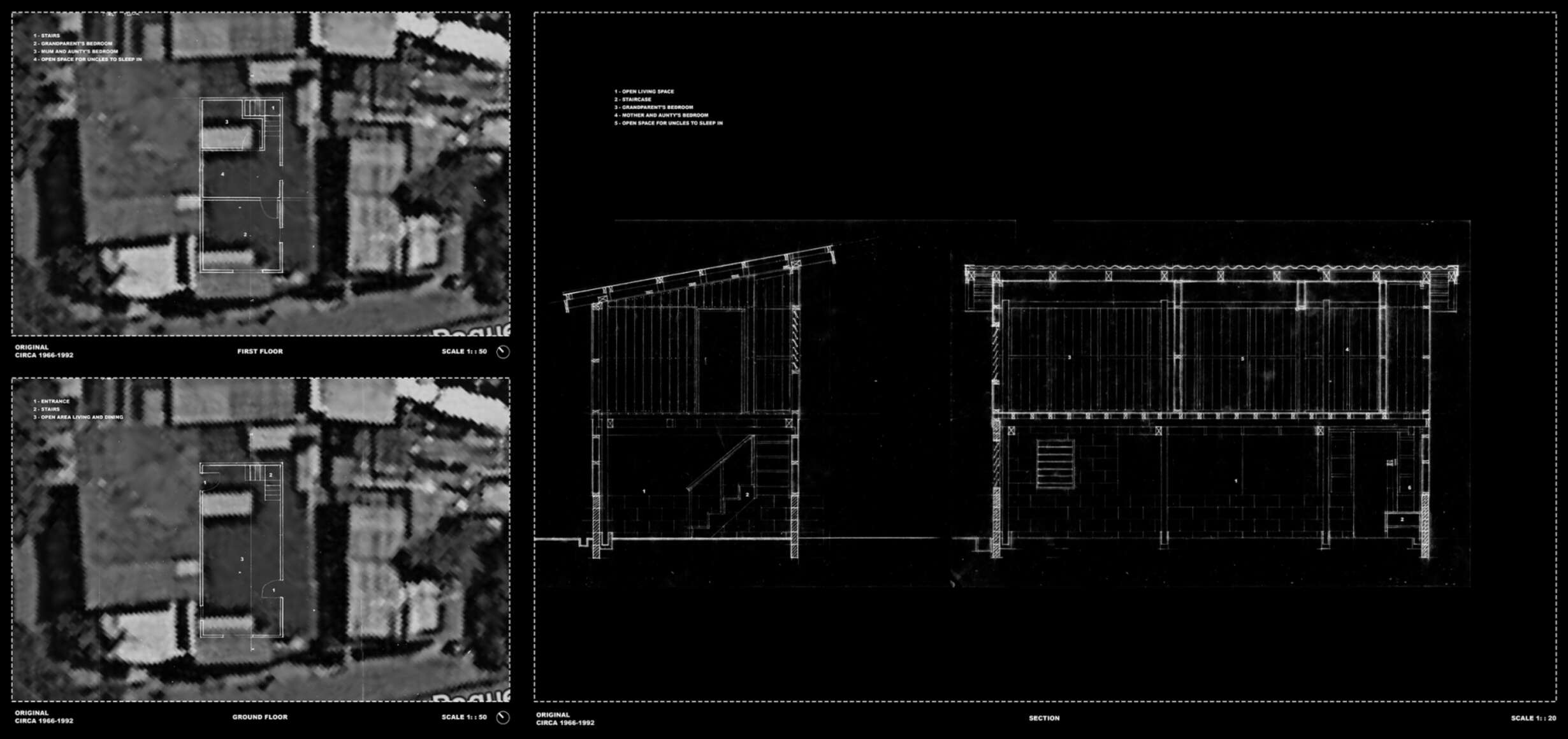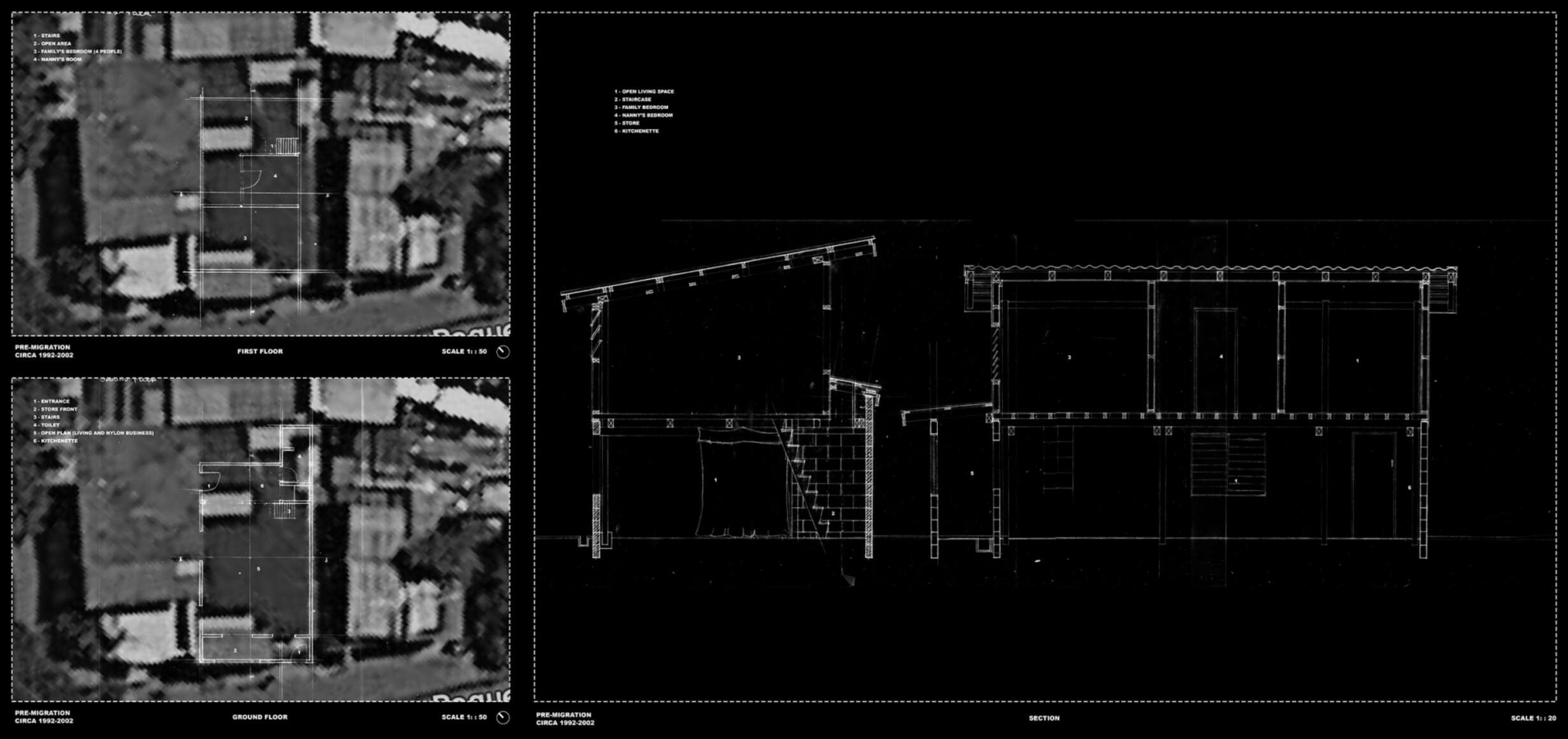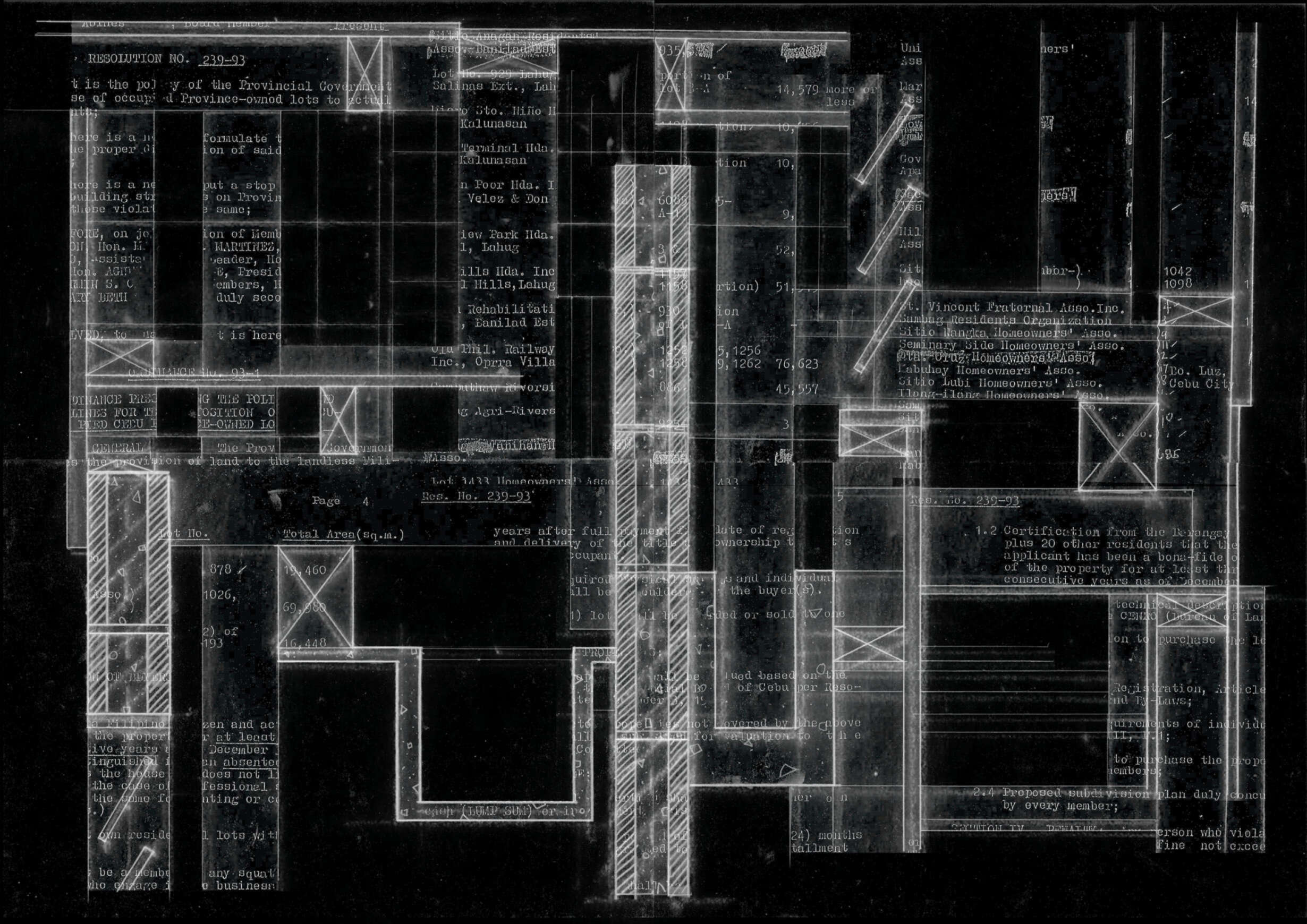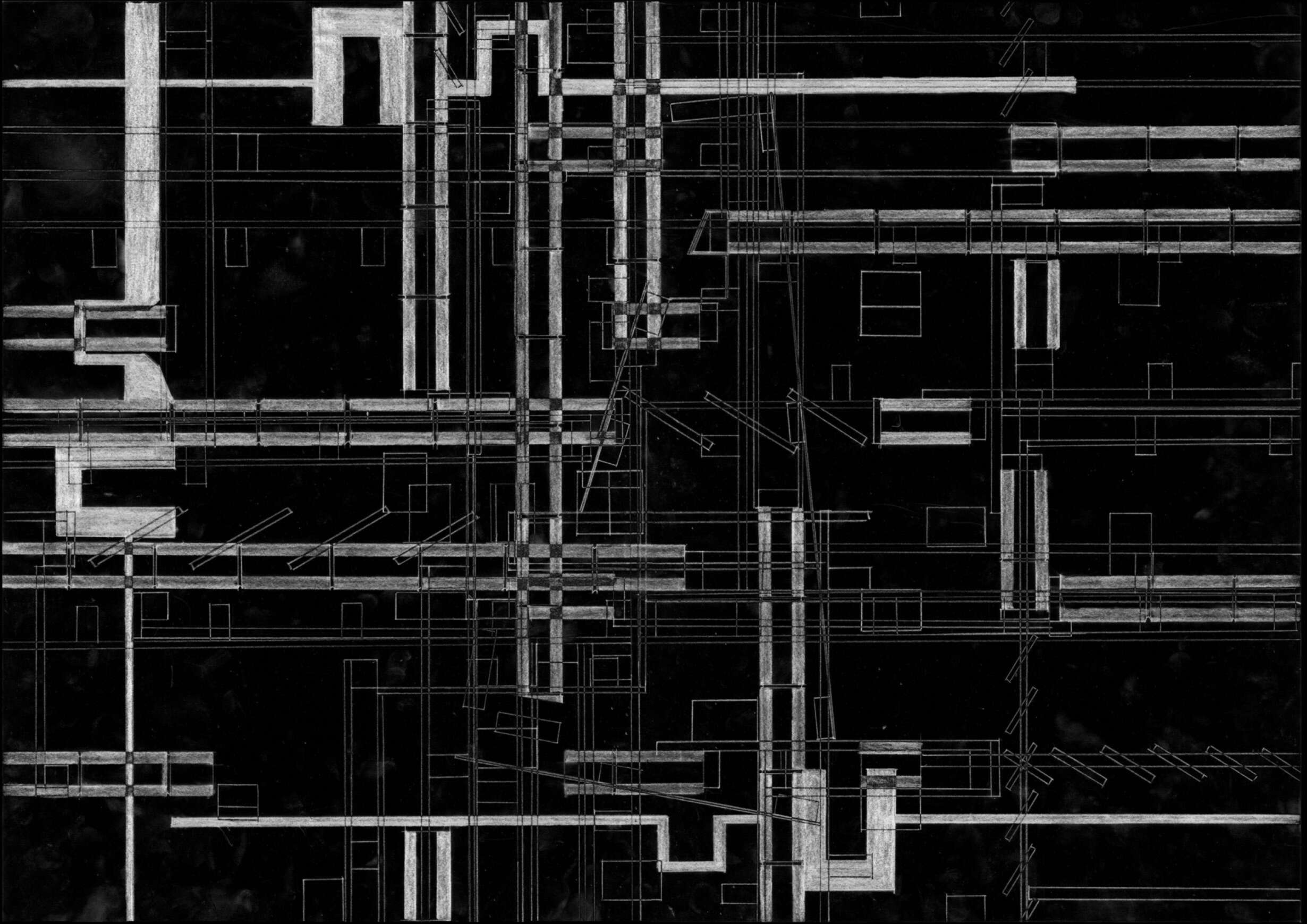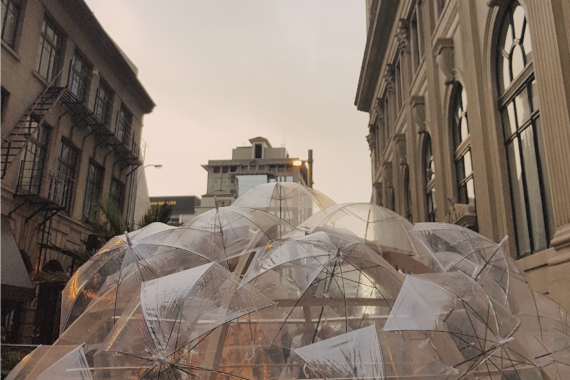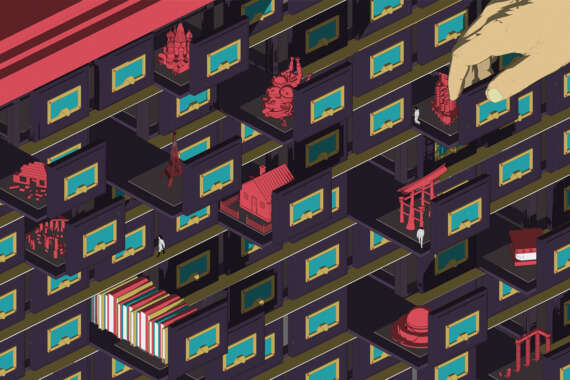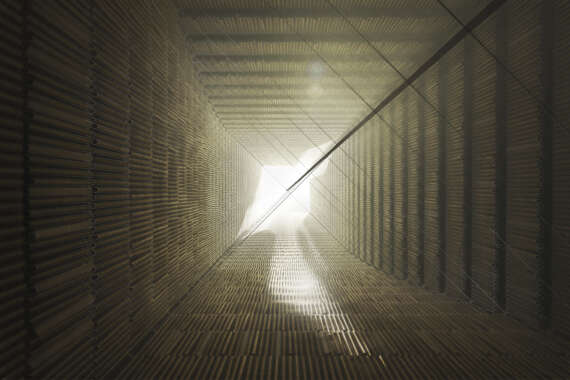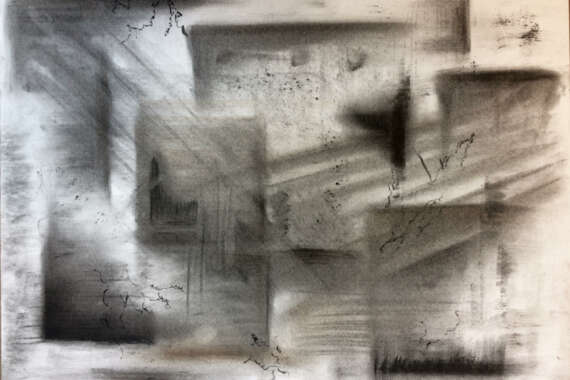Cultural Mycelium - Fruiting Disconnected Connections
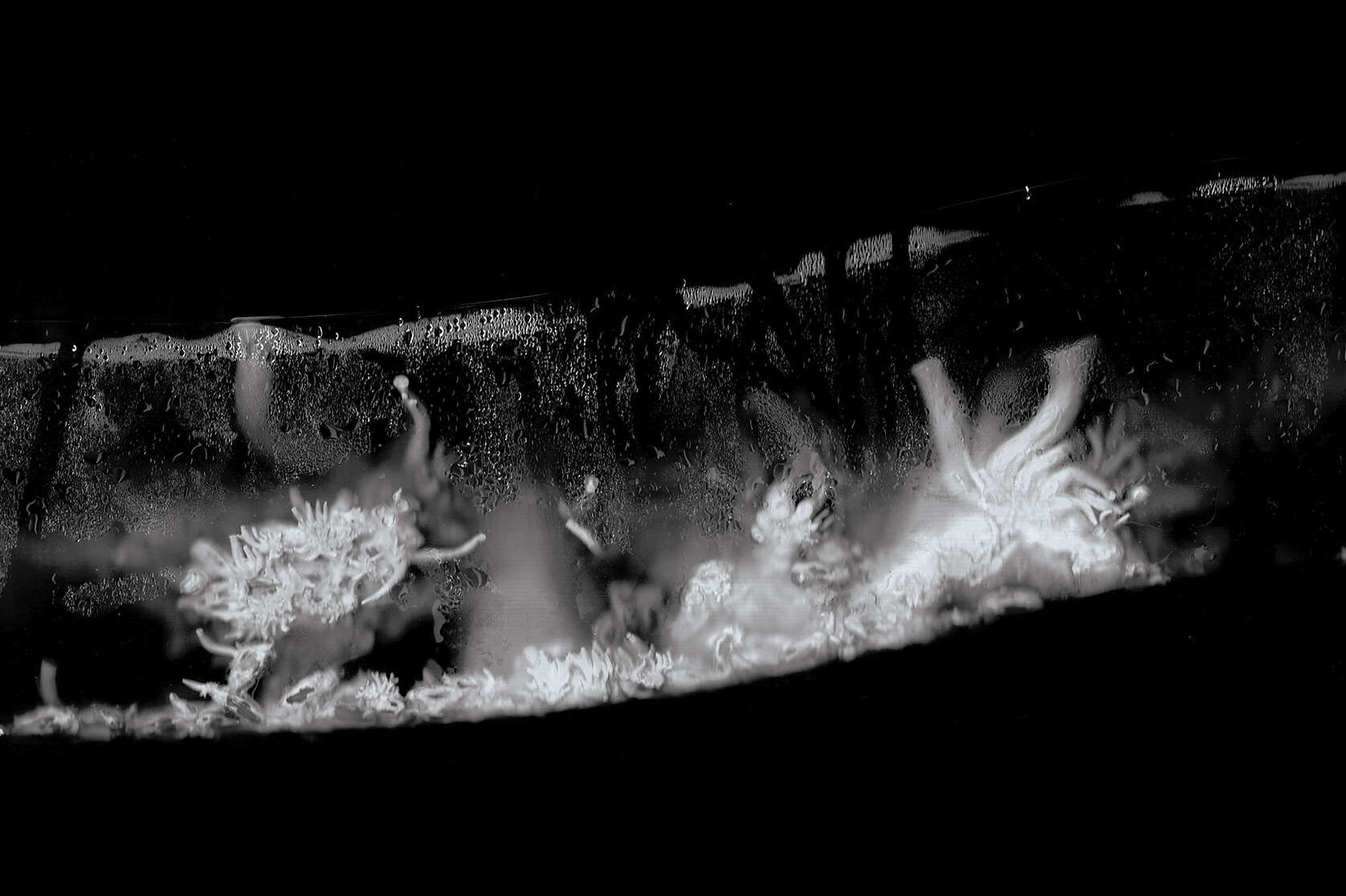
This thesis delves into the intricate relationship between the lifecycle of mycelium—a versatile and sustainable material—and the profound journey of reconnecting with personal identities amidst the challenges of displacement and the quest for heritage. Born in the Philippines and subsequently raised in New Zealand, I find myself at a crossroads of cultural identity. This personal narrative, marked by a palpable disconnect from my Filipino heritage, forms the backdrop of my central research inquiry: “How can the lifecycle of mycelium metaphorically symbolise the regeneration of heritage?”, and more specifically, “How can this metaphor serve to intertwine multigenerational cultural identities?”
The stages of mycelium's lifecycle—Decay, Inoculate, Colonise, and Fruit—are not just biological processes but serve as poignant metaphors for the stages of cultural reconnection. "Decay" mirrors the initial acknowledgement of cultural estrangement and the feelings of loss; "Inoculate" symbolizes the initial seeds or sparks of cultural rediscovery; "Colonise" reflects a deeper, more involved exploration of one's heritage; and "Fruit" epitomizes the realization, celebration, and perhaps even the challenges of intertwined identities.
To unravel these themes, I embarked on a methodological journey that combined both the tangible and the intangible. Drawing from a rich tapestry of family memories, photographs, conversations, and personification of mycelium, the research conveys its metaphorical potency in representing the regeneration of cultural identity. These methodologies were not just academic exercises but deeply personal endeavours, intertwining my own experiences of reconnection with the broader narrative of heritage rediscovery.
This journey, marked by introspection, acceptance, or rejection of cultural roots, fosters rich dialogues on identity, belonging, and the spaces in between. Through the intertwined narratives of mycelium's lifecycle and the quest for cultural identity, this research underscores the profound role of heritage in moulding our sense of self and our place in the tapestry of global narratives.









